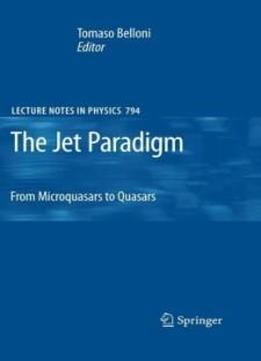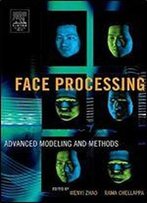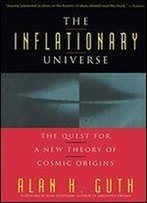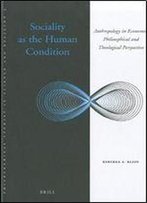
The Jet Paradigm: From Microquasars To Quasars (lecture Notes In Physics)
by Tomaso Belloni /
2010 / English / PDF
8 MB Download
These Lecture Notes focus on the physics of relativistic jet
sources in the universe, from galactic microquasars to active
galactic nuclei (AGN). The early 21st century is an epoch in which
a large number of high-energy astronomical missions are underway
(RossiXTE, Chandra, XMM-Newton, INTEGRAL, Swift, Suzaku). The
wealth of X-ray and gamma-ray data, coupled with ground-based
observations in the optical/IR/radio bands, provides an increasing
amount of information on microquasars, allowing the investigation
of the physical processes for the formation and the evolution of
relativistic jets, as well as their relation to the accretion
process. The information obtained from galactic relativistic jet
systems is particularly important in that it can be compared with
that from active galactic nuclei. The comparative study of these
two classes of objects allows us to overcome their separate
intrinsic limitations and is the only way to arrive at a
comprehensive understanding of the accretion/ejection phenomenon.
This book covers the topic of accretion/ejection in relativistic
jet sources with a broad approach, from microquasars to AGN,
discussing both observational and theoretical aspects. The aim is
to present a broad view of the field and the current standpoint now
that the first comparative studies have opened the way to a global
study at a mass scale. Written in a pedagogical lecture notes
style, the book benefits students and newcomers to jet astrophysics
as well as lecturers and researchers.
These Lecture Notes focus on the physics of relativistic jet
sources in the universe, from galactic microquasars to active
galactic nuclei (AGN). The early 21st century is an epoch in which
a large number of high-energy astronomical missions are underway
(RossiXTE, Chandra, XMM-Newton, INTEGRAL, Swift, Suzaku). The
wealth of X-ray and gamma-ray data, coupled with ground-based
observations in the optical/IR/radio bands, provides an increasing
amount of information on microquasars, allowing the investigation
of the physical processes for the formation and the evolution of
relativistic jets, as well as their relation to the accretion
process. The information obtained from galactic relativistic jet
systems is particularly important in that it can be compared with
that from active galactic nuclei. The comparative study of these
two classes of objects allows us to overcome their separate
intrinsic limitations and is the only way to arrive at a
comprehensive understanding of the accretion/ejection phenomenon.
This book covers the topic of accretion/ejection in relativistic
jet sources with a broad approach, from microquasars to AGN,
discussing both observational and theoretical aspects. The aim is
to present a broad view of the field and the current standpoint now
that the first comparative studies have opened the way to a global
study at a mass scale. Written in a pedagogical lecture notes
style, the book benefits students and newcomers to jet astrophysics
as well as lecturers and researchers.











